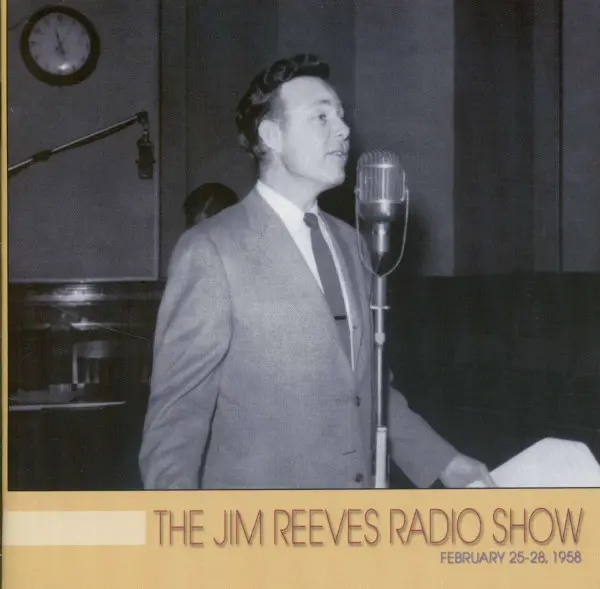James Talley & Cavalliere Ketchum Road To Torreon

* incl. VAT / plus shipping costsDepending on the country of delivery, the VAT at checkout may vary.
Ready to ship today,
delivery time** appr. 1-3 workdays
- catalog number: BCD15633
- weight in Kg 1.5

Ready to ship today, delivery time** appr. 1-3 workdays

Ready to ship today, delivery time** appr. 1-3 workdays

Ready to ship today, delivery time** appr. 1-3 workdays

Ready to ship today, delivery time** appr. 1-3 workdays

only 1x still available
Ready to ship today, delivery time** appr. 1-3 workdays

 I've always enjoyed performing my work in concert with a good band, and I don't think I know a single songwriter who doesn't want to share his or her songs with an audience. Certainly, we don't write them to sing to ourselves. Music is created to be performed, whether it's delta blues or a symphony. The ultimate test, then, for a writer-performer is: can you deliver 'the goods' before an audience ... live? In February and March, 1979, I did two dates each, at the Lone Star Cafe in New York City and the Great Southeast Music Hall in Atlanta. I had assembled an exciting touring band of five bright, young musicians. Three of them, Larry Chaney (electric guitar), John Salem (piano), and Bill Hawks (bass) had been recruited the previous autumn for the concert I did for Marlboro at the American Grand Prix races in Watkins Glen, New York. (Film maker, Julius Potocsny, made a wonderful film of that Watkins Glen performance for Philip Morris.) I was unable to keep the entire Watkins Glen band together, however, for these winter shows in New York and Atlanta. So I engaged two new players, Chip Hager (harmonica) and Peter Keeble (drums), for these shows. On the band's first trip to New York, the first week in February, we also did a live radio concert on WHN in New York. This was broadcast live from the Lone Star.
I've always enjoyed performing my work in concert with a good band, and I don't think I know a single songwriter who doesn't want to share his or her songs with an audience. Certainly, we don't write them to sing to ourselves. Music is created to be performed, whether it's delta blues or a symphony. The ultimate test, then, for a writer-performer is: can you deliver 'the goods' before an audience ... live? In February and March, 1979, I did two dates each, at the Lone Star Cafe in New York City and the Great Southeast Music Hall in Atlanta. I had assembled an exciting touring band of five bright, young musicians. Three of them, Larry Chaney (electric guitar), John Salem (piano), and Bill Hawks (bass) had been recruited the previous autumn for the concert I did for Marlboro at the American Grand Prix races in Watkins Glen, New York. (Film maker, Julius Potocsny, made a wonderful film of that Watkins Glen performance for Philip Morris.) I was unable to keep the entire Watkins Glen band together, however, for these winter shows in New York and Atlanta. So I engaged two new players, Chip Hager (harmonica) and Peter Keeble (drums), for these shows. On the band's first trip to New York, the first week in February, we also did a live radio concert on WHN in New York. This was broadcast live from the Lone Star.








